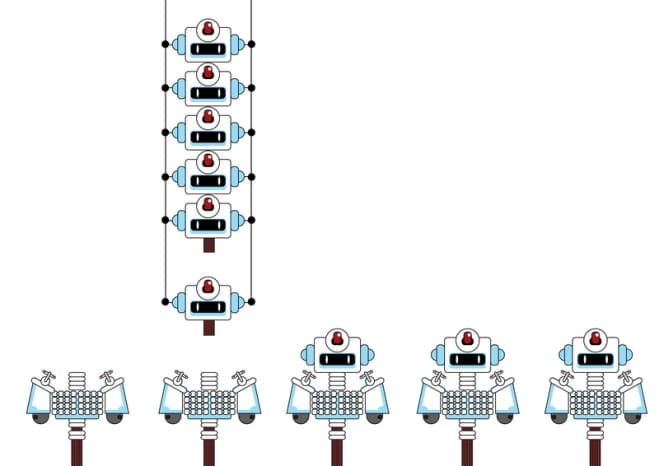Are You Still Providing Education Opportunities Based On The Industrial Revolution Model?
Is your organization still trying to make revenue from didactic forms of education and instruction?
Are you using a hierarchical, top-down, command and control delivery model? Are you providing content that seems out of context in today’s every changing global market?
If you are, you are showing your age. You are announcing to the world that you believe old methods succeed in today’s volatile, disruptive markets. And they don’t!
The Three Stages Of Learning Through Time
TRClark, ASTD Research, Chief Learning Officer and The eLearning Guild released a report in 2008 that addressed the market upheaval, technological disruption, demographic churning and political instability that threaten learning and organizations today. They traced the history of learning from 1957-2008.
They identified three distinct learning stages during those fifty-one years. They also distinguished the trends for those periods and offered a set of recommendations for future progress.
- Learning 1.0 1957-1981
- Learning 2.0 1981-2004
- Learning 3.0 2004-2008
This post will discuss Learning 1.0 and Learning 2.0. Tomorrow’s post discusses Learning 3.0 and Learning 3.5, the future.
Learning 1.0 1957-1981
This stage is defined by two enduring learning patterns.
1. Apprenticeship
At a basic level, it’s informal learning in the form of on-the-job training. Young workers in skilled trades observe and work alongside accomplished artisans. Once they have acquired the requisite skills and knowledge, they begin to work independently.
2. Formal Instruction
Teachers instruct students through formal oral instruction. This form of education traces its history to the religious orders’ learning centers centuries ago.
For years, society held these two approaches, experiential and didactic, as the primary instruction methods. While the Industrial Revolution created major shifts in agriculture, transportation and manufacturing, education remained the same.
The rules began to change as technology advanced and foreign economies rose. In 1957 the Soviet Union’s launch of Sputnik caused organizations to gasp in fear and recognize their own shortcomings. It caused organizations to rethink their competitive positions and ultimately the way they delivered education.
Human capital became a primary focus. Organizations began to departmentalize thinking and non-thinking positions.
Non-thinking positions focused on raw task-based productivity. They were not considered human capital.
During this period, learning was autocratic, top-down, command and control. Training was a necessary part of organizational success. Certification was a one-time learning process for permanent qualification. Education was instructor-led, face-to-face. Organizational learning was restricted to formal events.
Learning 2.0 1981-2004
During this time period, organizations suddenly understood that they must evolve, adapt and continually re-create themselves or face failure. Market disruption, instability and industry consolidation were the trends of the time. The first generation personal computer was born.
Leaders realized that competitive advantage came from people. The Industrial Revolution mindset that individuals attained mastery and permanent qualification began to breakdown. A new learning mindset developed that learning should be a continuous ongoing qualification. Learning became an ongoing process.
Education opportunities transitioned to more democratic, egalitarian and facilitative experiences. Instructor-led was both asynchronous and synchronous in eLearning environments. Formal, event-based education experiences through multiple channels were offered. Instructor-led was more facilitator-0riented with peer-sharing and discussion. (Note: yet many organizations today still hold onto teacher-led didactic formal training as the only type of education offering.)
Three siloed educational functions appeared: training, support services (help desks) and publications. Training focused on formal structured education opportunities. Support services cultivated informal learning opportunities especially when problems and needs arose. Publications developed ongoing print and electronic help.
Tomorrow’s post looks at Learning 3.0 and Learning 3.5, the future.
In what ways to your current learning opportunities align with Learning 1.0 or 2.0? What organizational barriers exist that keep your learning opportunities from transitioning to more effective models?



[…] identified in the post Are You Still Providing Education Based On The Industrial Revolution Model? many organizations are still providing outdated delivery models of education based on the […]
[…] identified in the post Are You Still Providing Education Based On The Industrial Revolution Model? many organizations are still providing outdated delivery models of education based on the […]